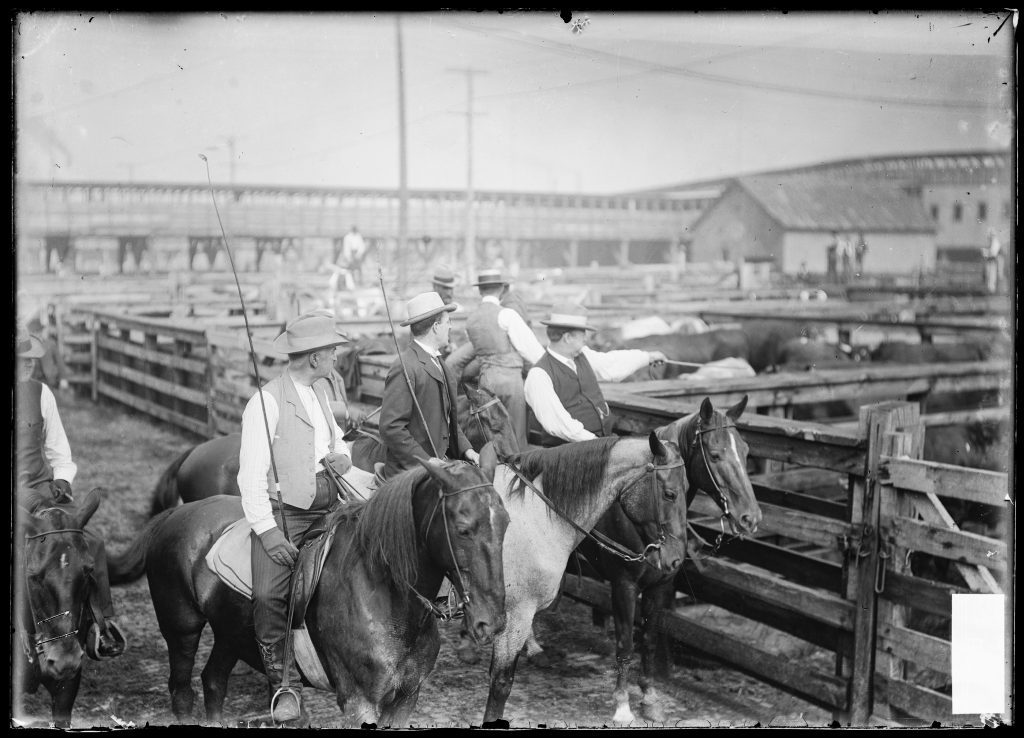Gallery Tour Videos
Enjoy the Museum anytime and anywhere!
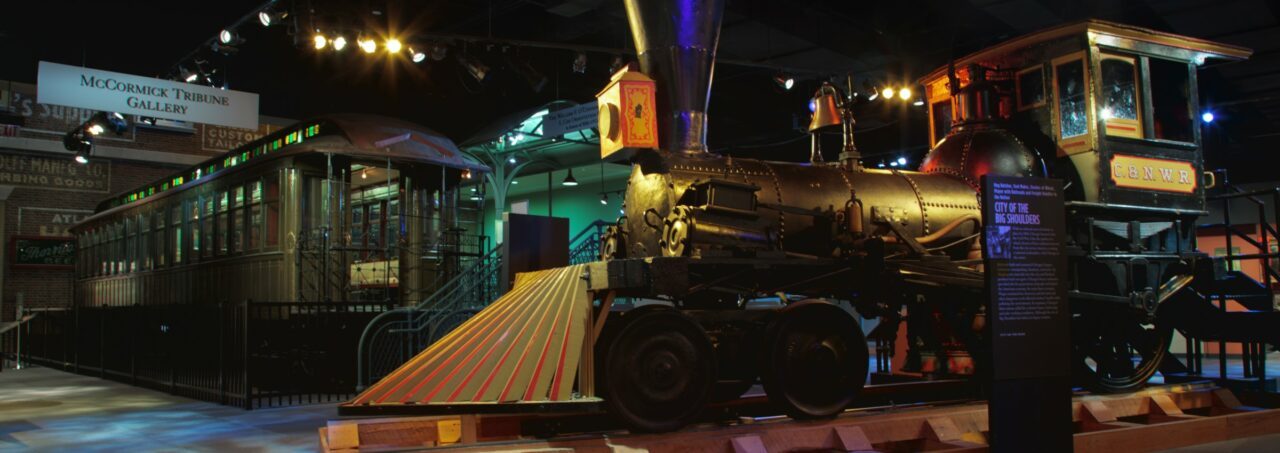
These videos can serve as a virtual visit to the Chicago History Museum, or as a pre- or post-visit tool. Our videos explore stories based on the Chicago: Crossroads of America and City on Fire: Chicago 1871 exhibitions, which explore Chicago’s changing economy, diverse neighborhoods, groundbreaking innovations, and challenging crises, such as the Great Chicago Fire.
We plan to grow this video library and need your feedback to make it the best it can be. To access the videos, please take a moment to complete a short survey. Upon completion you will be provided with a link to the video. Your ideas will help us fine-tune future videos and determine the next videos to complete!
Below you’ll find:
City on Fire: Chicago 1871
A rapidly growing city built of wood. A summer-long heat wave. An exhausted and misdirected team of firefighters. Racial, social, and economic tensions bubbling just below the surface. All Chicago needed was a spark. The City on Fire: Chicago 1871 exhibition is divided into four parts: pre-fire Chicago in the “Wooden City,” the three days of the fire in the “Burning City,” the immediate aftermath in the “Smoldering City,” and the recovery and rebuilding efforts in the “Rebuilt City.” This video series is designed as a companion to the four sections of the exhibition examining key sections and activities that can be used in the classroom. Videos and accompanying materials will be released one at a time.
CITY ON FIRE: THE WOODEN CITY
Recommended for grades 3-5
Running Time: 7 mins 45 secs (English); 8 mins 39 secs (Spanish)
The “Wooden City” introduces factors that enabled the fire to spread rapidly through the city and the social tensions that influenced recovery efforts following the fire. Activities can be used independently of each other, enabling educators to customize their classroom experiences.
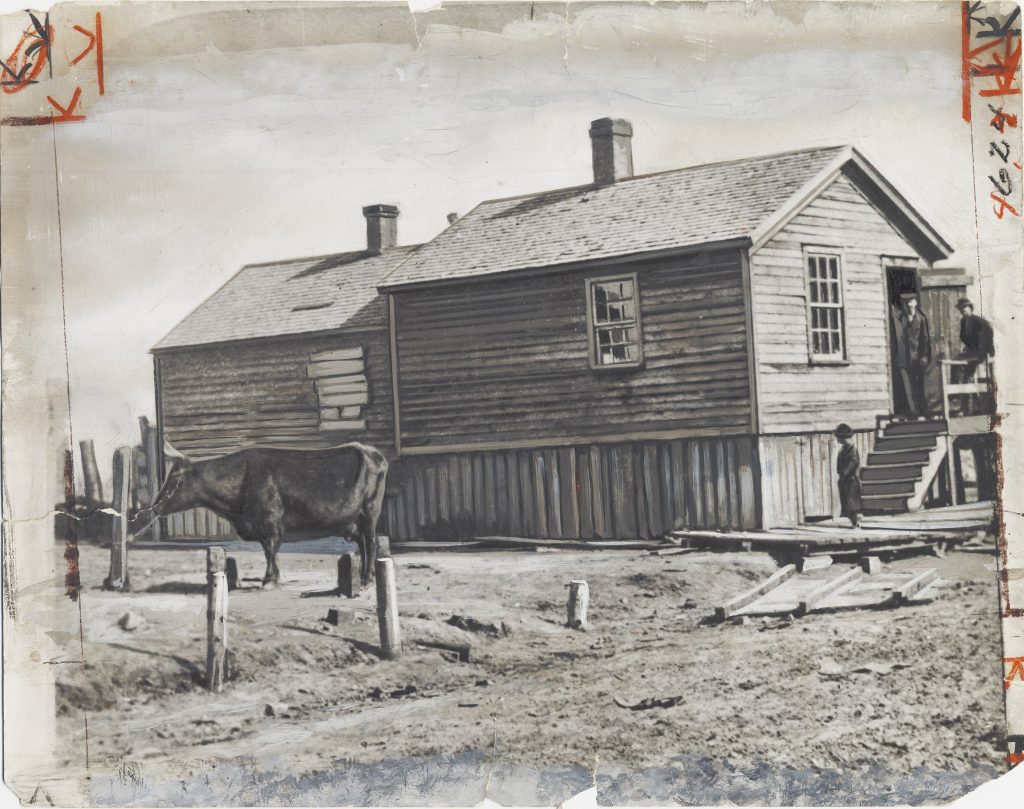
The Wooden City: Additional Resources
Educator Learning Guide: This comprehensive guide provides an overview of the exhibition and the Wooden City section, tips on using the video, learning standard alignments, pre- and post-viewing activities, video activity directions and student handouts. There are three suggested activities that accompany the video: Will it Burn (no student handout necessary), Life in Chicago, and Meet the O’Learys. This download contains student worksheets.
Activities can also be downloaded individually:
Life in Chicago
- Life in Chicago Graphic Organizer: Use photographs to compare and contrast pre-fire homes in Chicago. This is the student worksheet only.
- Wooden City Image Packet: This download has larger versions of the images used in the Life in Chicago activity and a map highlighting the locations of the homes and businesses featured in the video.
Meet the O’Learys
- Meet the O’Learys Biography: Discover more about Catherine and Patrick O’Leary and the legend of the fire’s origin. This biography is also available in Spanish.
- Historical Heads Activity: Use this worksheet along with the Meet the O’Learys biography to make inferences about the O’Learys’ thoughts and understandings. This is the student worksheet only.
City on Fire: Burning City
Recommended for grades 3-5
Running Time: 9 mins 57 secs (English); 10 mins 07 secs (Spanish)
The “Burning City” explores firefighting in 1871, the spread of the fire throughout the city, and how one Chicago couple, the Hudlins helped their neighbors. Activities can be used independently of each other, enabling educators to customize their classroom experiences.
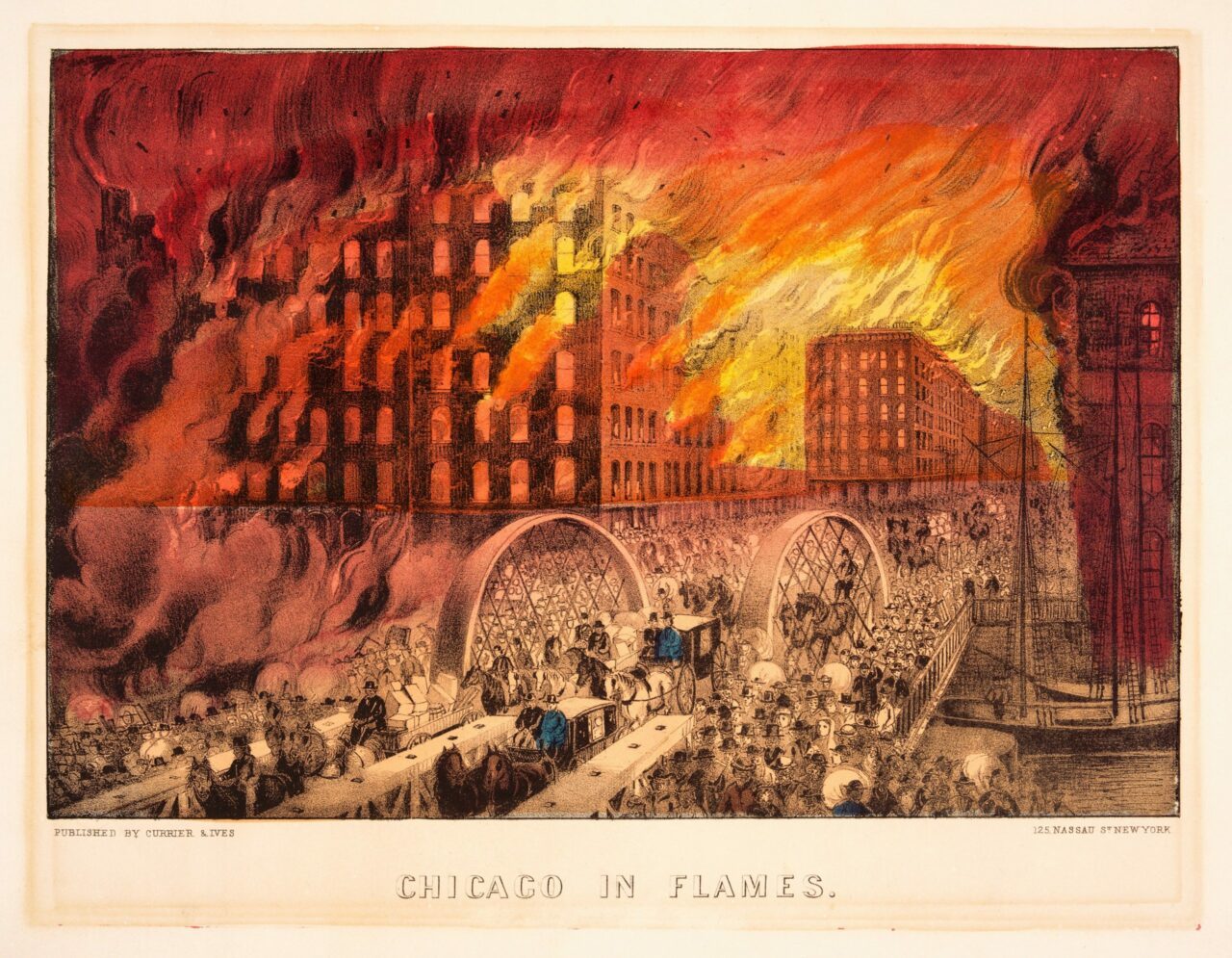
Burning City: Additional Resources
Educator Learning Guide: This comprehensive guide provides an overview of the exhibition and the Burning City section, tips on using the video, learning standard alignments, pre- and post-viewing activities, video activity directions and student handouts. There are three suggested activities that accompany the video: Fire Pumper: Firefighting in 1871, Mapping the Fire, and Meet the Hudlins. This download contains student worksheets.
Activities can also be downloaded individually:
Fire Pumper: Firefighting in 1871
- Firefighter Steps and Motions: Watch a demonstration of using a model of an 1871 fire pumper, then students imagine they are firefighters and act out the same steps. This is the student worksheet only.
Mapping the Fire
- Mapping the Fire: Students analyze the path and impact of the fire through a series of three maps. This is the student worksheet only. The maps are shown in the video and are available to print out in the image packet.
Meet the Hudlins
- Meet the Hudlins Biography: Discover the choices and sacrifices Joseph and Anna Elizabth Hudlin made during the fire to help their neighbors and at Joseph’s place of work. This biography is also available in Spanish.
- Historical Heads Activity: Use this worksheet along with the Meet the Hudlins biography to make inferences about the Hudlins’ thoughts and understandings. This is the student worksheet only.
Image Packet
- Burning City Image Packet: This download has larger versions of the images featured in the video including a diagram of an 1871 fire pumper, and the three maps of the path of the fire.
CITY ON FIRE: The Smoldering City
Recommended for grades 3-5
Running Time: 6 mins 18 secs (English); 7 mins 17 secs (Spanish)
The “Smoldering City” introduces what happened in the immediate aftermath of the fire and the ways people remembered the Great Chicago Fire through collecting and saving objects, making photographs, and creating paintings. Activities can be used independently of each other, enabling educators to customize their classroom experiences.
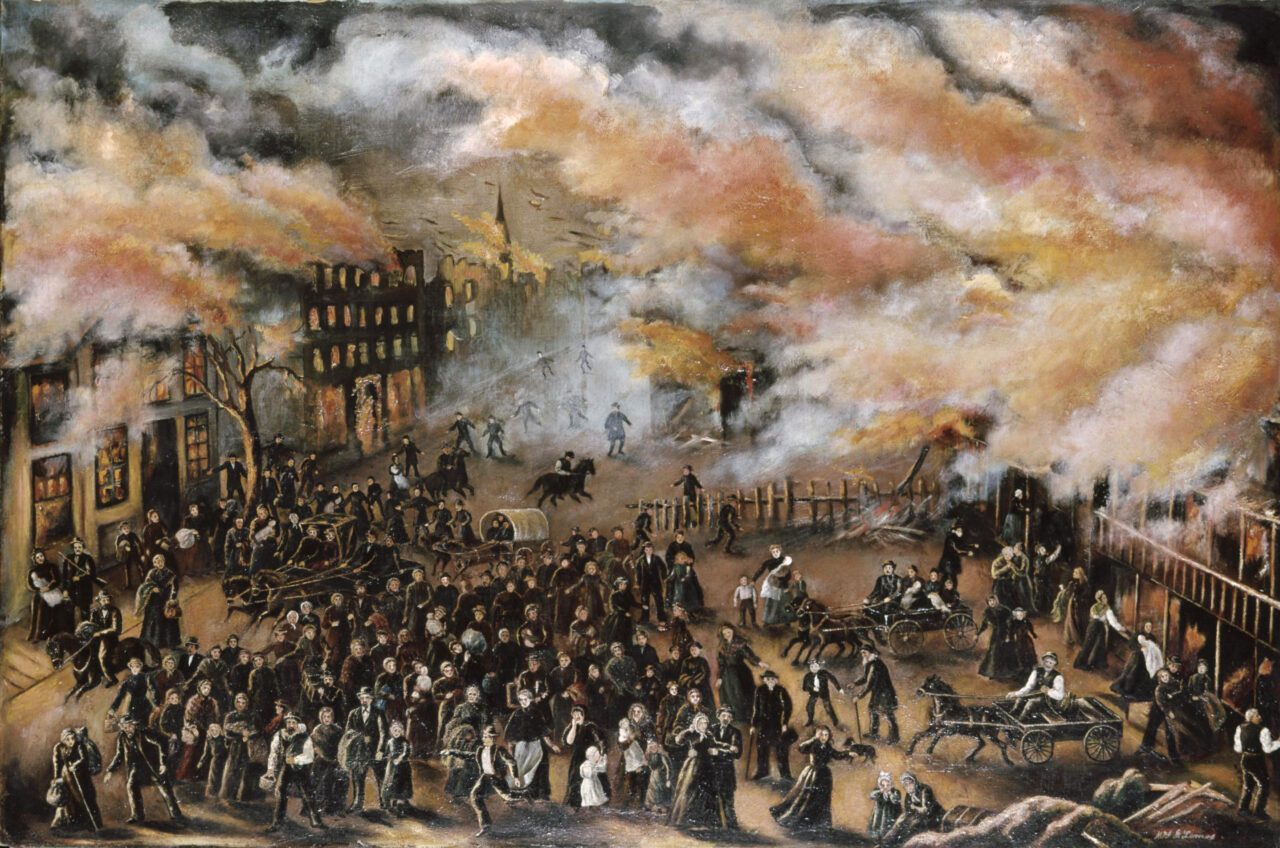
The Smoldering City: Additional Resources
Educator Learning Guide: This comprehensive guide provides an overview of the exhibition and the Smoldering City section, tips on using the video, learning standard alignments, pre- and post-viewing activities, video activity directions and student handouts. There are three suggested activities that accompany the video: What is it?, Understanding the Fire Through Art, and Meet Julia Lemos. This download contains student worksheets.
Activities can also be downloaded individually:
What Is It?
- What Is It?: Students analyze four mystery artifacts from the Museum’s collection. The narrator walks students through looking at each, then gives the answers onscreen. This is the student worksheet only.
Understanding the Fire Through Art
- Understanding the Fire Through Art: Students examine and interpret images from the cyclorama of the Great Chicago Fire. This is the student worksheet only. Images from the cyclorama are shown in the video and are available to print out in the image packet.
Meet Julia Lemos
- Meet Julia Lemos Biography: Read about the experience of Julia Lemos and her family during and after the Great Chicago Fire. Consider the challenges they faced together. Also available in Spanish.
- Historical Heads Activity: Use this worksheet along with the Meet Julia Lemos biography to make inferences about the her thoughts and understandings. This is the student worksheet only.
Image Packet
- Smoldering City Image Packet: This download has larger versions of the images featured in the video, including the artifacts from What Is It?, a section of the cyclorama, and the painting Julia Lemos created about the fire.
CITY ON FIRE: THE REBUILT CITY
Recommended for grades 3-5
Running Time: 10 mins 42 secs (English); 11 mins 10 secs (Spanish)
The “Rebuilt City” analyzes art, introduces how people navigated the post-Fire aid system, returns to the story of Mrs. O’Leary, and examines fire safety today. Activities can be used independently of each other, enabling educators to customize their classroom experiences.
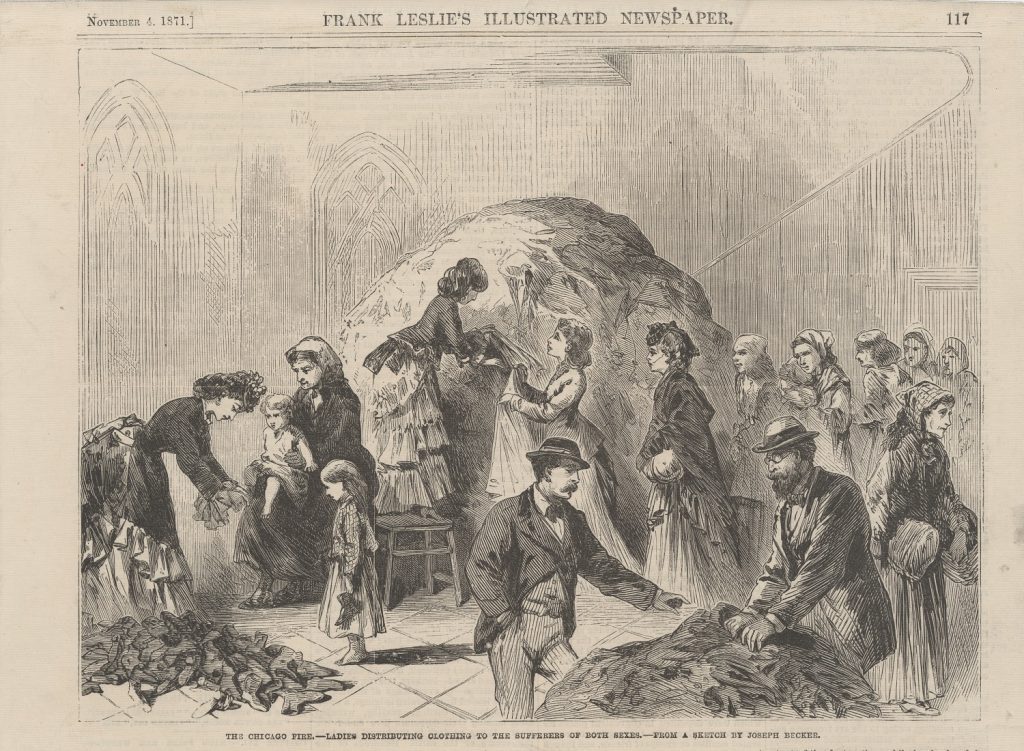
The Rebuilt City: Additional Resources
Educator Learning Guide: This comprehensive guide provides an overview of the exhibition and the Rebuilt City section, tips on using the video, learning standard alignments, pre- and post-viewing activities, video activity directions and student handouts. There are four suggested activities that accompany the video: Tent City, What Now?, Meet Joel Bigelow, and Fire Safety Today. This download contains teacher answer keys and student worksheets.
Activities can also be downloaded individually:
Meet Joel Bigelow
- Meet Joel Bigelow Biography: Read about the experiences of Joel Bigelow after the Great Chicago Fire and his hopes for Chicago. Consider the challenges he faced together. Also available in Spanish.
- Historical Heads Activity: Use this worksheet along with the Meet Joel Bigelow biography to make inferences about his thoughts and understandings. This is the student worksheet only.
Fire Safety Today
- Fire Safety Today: Identify the fire safety features within this kitchen. This is the student worksheet only, available in Spanish and English.
Image Packet
- Rebuilt City Image Packet: This download has larger versions of the images featured in the video including the image from the “Tent City” section, the map Joel Bigelow created of the burned area, and the Fire Safety Wall with and without answers.
Chicago: Crossroads of America
Explore the city’s history through a series of galleries that highlight artifacts from the Museum’s remarkable collection. By no means a complete history, Chicago: Crossroads of America focuses on a selection of stories that illustrate Chicago’s crossroads nature and its national influence.
Lessons from the Great Chicago Fire
Recommended for grades 3-5
Running Time: 11 mins 20 secs
Students are asked critical thinking questions throughout this video as they discover not only the events of the three days of the fire, but also consider how people were impacted and the sometimes unjust decisions made during the recovery efforts. Explore the lasting legacy of the fire and the lessons we can learn from the past when we face similar challenges today.
These additional resources support use of the video in classroom instruction.
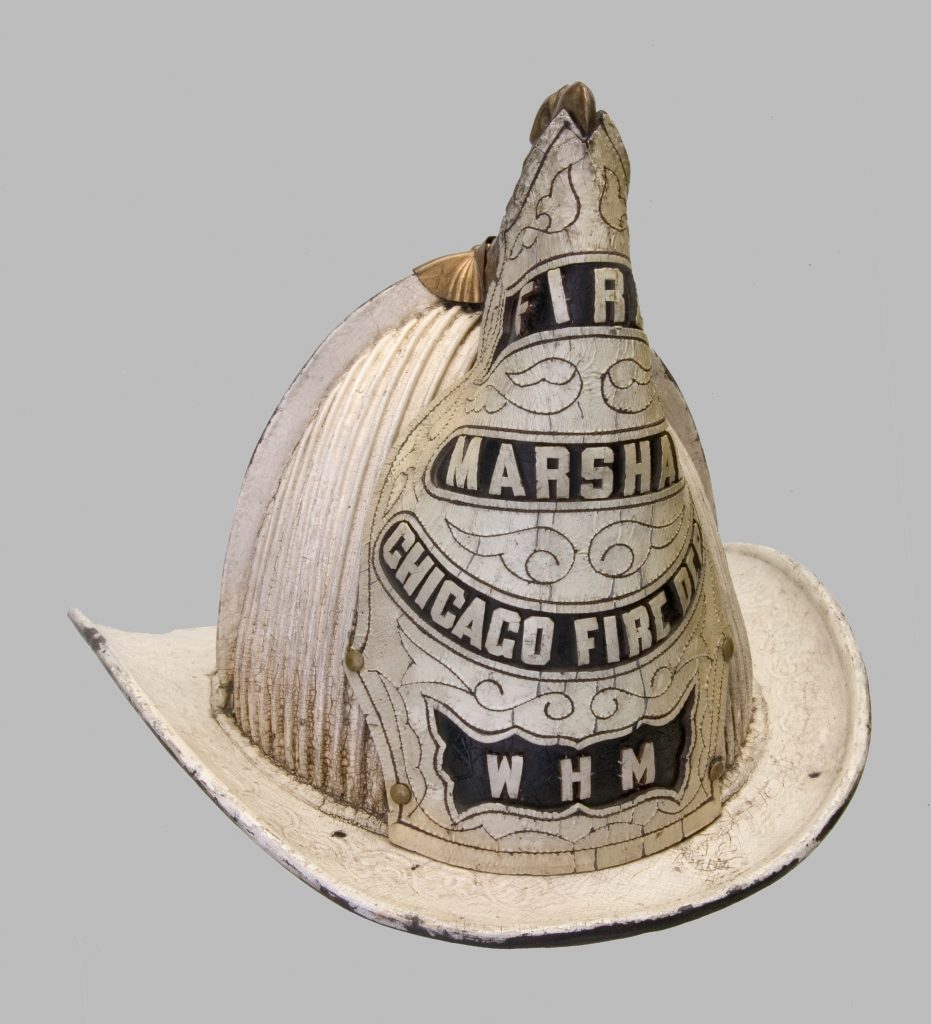
Impacts of Stockyards and Meatpacking
Recommended for grades 6-12
Running Time: 9 mins 27 secs
In Chicago: Crossroads of America, take a close look at how Chicago’s stockyards and meatpacking industries affected everything in the city from immigration and migration, to changing neighborhoods to workplace safety, public policy and labor organizing. Students will be asked to consider these impacts, how work shapes a city, and what the future of work may look like in Chicago.
These additional resources support use of the video in classroom instruction.
